The term "rigid suspension" sounds contradictory. If it's rigid, where's the suspension? In mountain biking, "rigid" specifically means the bike has no suspension system at all – no front fork shocks, no rear shock absorber. It’s pure, unyielding frame and fork. The Trifox TMK200 Carbon Fork is a perfect example of this high-performance, minimalist approach.
Why Choose Rigid?
While full-suspension bikes soak up bumps, rigid bikes offer distinct advantages:
1. Ultimate Lightweight: Eliminating heavy suspension components drastically reduces weight. The Trifox TMK200, made from carbon fiber, is incredibly light, making climbing and acceleration easier.
2. Direct Power Transfer: Every ounce of pedal power goes straight to the rear wheel. No energy is lost compressing suspension – you feel immediate, efficient acceleration.
3. Pinpoint Handling & Feel: Rigid forks provide unmatched steering precision and feedback. You feel the trail surface intimately, allowing for razor-sharp line choice and control.
4. Zero Maintenance: No seals, oil, or air springs to service or wear out. Just hop on and ride – simplicity defined.
5. Low Cost (Relatively): Compared to high-end suspension forks, quality rigid forks like the TMK200 offer significant savings.
Where Rigid Shines (and Where It Doesn't):
- Ideal For: Smooth trails, gravel roads, cross-country racing, bikepacking (weight savings!), urban commuting, and riders prioritizing efficiency and simplicity. Carbon rigid forks add vibration damping for a slightly smoother ride than alloy.
- Less Ideal For: Extremely rough, technical downhill trails with big roots and rocks where suspension is crucial for control and comfort.
The Trifox TMK200: Modern Rigid Performance
This fork showcases how advanced rigid designs deliver:
- Carbon Fiber Construction: Lightweight, strong, and offers subtle vibration damping.
- Disc Brake Specific: Compatible with powerful modern disc brakes (Post Mount).
- Tapered Steerer: Enhances steering stiffness and precision.
- Boost Thru-Axle (15x110mm): Increases wheel stiffness and strength.
- Suspension-Corrected Geometry: Designed to maintain your bike's intended handling when replacing a suspension fork.
The Bottom Line:
"Rigid suspension" simply means no suspension. It’s a conscious choice for riders valuing lightweight efficiency, direct power, low maintenance, and precise handling on suitable terrain. For a high-performance, modern rigid MTB fork, the lightweight, feature-packed Trifox TMK200 Carbon Fork is a top-tier upgrade.
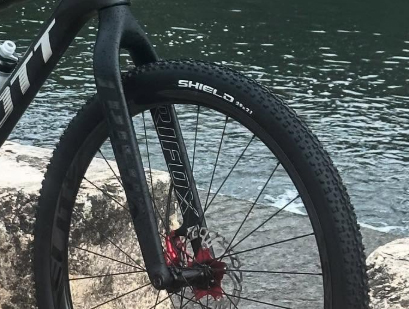
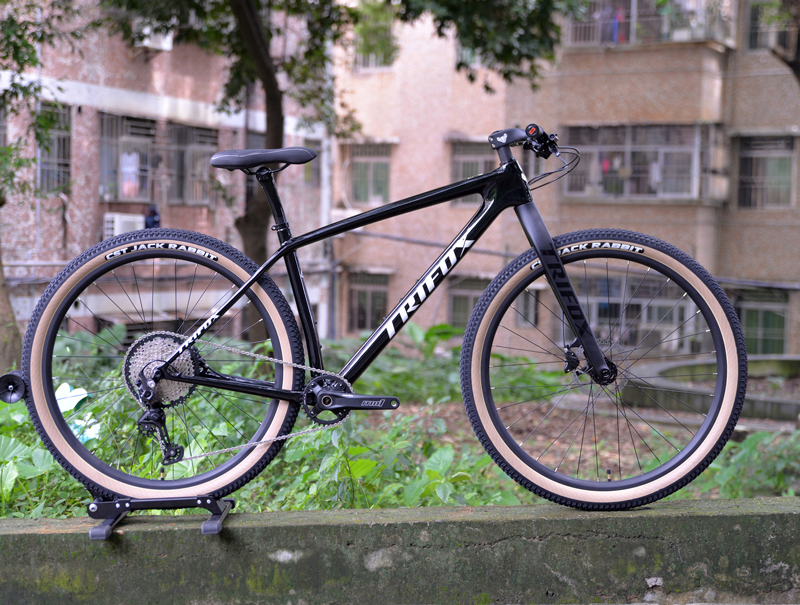
Dreaming of a lightweight road bike that zips up climbs and feels lively on sprints, but your budget screams "reality check"? Good news: Performance doesn't have to cost a fortune. Bikes like the Trifox SDY20 prove you can find affordable speed machines that defy the "cheap = heavy" stereotype.
The Lightweight, Low-Cost Formula:
The secret lies in smart engineering and direct-to-consumer models. Brands like Trifox cut out middlemen and leverage efficient carbon frame manufacturing to deliver impressive packages:
1. Carbon is Key (Even on a Budget): The SDY20's core is its full monocoque carbon fiber frame and fork. This is the game-changer. Carbon offers an exceptional strength-to-weight ratio, providing that coveted stiff-yet-compliant ride feel crucial for efficient power transfer and comfort, all while keeping weight remarkably low (around 9kg / 19.8lbs!). Finding carbon at this price point is rare.
2. Strategic Alloy Savings: While the frame/fork deliver the weight savings and performance, components like the alloy handlebar, stem, and seatpost keep costs down without drastically adding weight or sacrificing core functionality. It’s a smart trade-off.
3. Performance-Oriented Geometry: A lightweight frame is wasted if the bike doesn't feel fast. The SDY20 features an aggressive yet manageable race geometry, ensuring responsive handling and stability when you push the pace.
4. Reliable Shifting: Equipped with a Shimano Sora or Sensah Team Pro 2x9/10-speed groupset, you get precise, dependable shifting. It might not be top-tier, but it’s proven, smooth, and perfectly matched to the bike's performance intent.
5. Confident Stopping: Mechanical disc brakes offer consistent, powerful stopping in all conditions, outperforming rim brakes, especially in the wet – a significant safety and performance boost.
Why the Trifox SDY20 Stands Out:
The SDY20 perfectly embodies this value proposition:
- True Carbon Performance: The heart of the bike is lightweight, responsive carbon.
- Sub-10kg Weight: Achieves a remarkably low weight for its price class.
- Modern Features: Internal cable routing (partial) for a clean look, disc brakes, and thru-axles (depending on model year) add up-to-date performance and reliability.
- Direct Savings: By selling directly, Trifox passes significant savings onto you.

Don't equate "affordable" with "slow and heavy." The Trifox SDY20 demonstrates that with a carbon frame/fork core and intelligent component selection, you can get a genuinely lightweight, performance-ready road bike without obliterating your budget.
It's the perfect entry into faster riding or a fantastic lightweight option for the value-conscious enthusiast. Fly up climbs, feel the speed – without the premium price tag.

Forget squeezing rubber blocks onto your wheel rims! Modern bikes like the Trifox R241 Road Bike increasingly rely on disc brakes for superior stopping power. But how do these compact, rotor-equipped systems actually work? It's simpler physics than you might think.
The Core Components:
1. The Rotor (Disc): This is the metal (usually steel) disc bolted firmly to your wheel hub. It spins with the wheel.
2. The Caliper: Mounted near the hub on your frame (front) or fork/seatstay (rear), this housing contains the brake pads.
3. The Brake Pads: These friction material blocks sit inside the caliper, positioned on either side of the rotor.
4. The Actuator: This is your brake lever and the system it pulls – either a cable (mechanical disc) or hydraulic fluid (hydraulic disc). The Trifox R241 features mechanical disc brakes.
The Magic Happens When You Squeeze:
1. Lever Action: Pulling the brake lever initiates the stopping force.
2. Force Transmission:
- Mechanical (Cable): The lever pulls a cable. This cable runs to the caliper and directly moves a mechanism (like a piston or lever arm) inside it.
- Hydraulic: The lever pushes a piston in a master cylinder, forcing hydraulic fluid through a sealed hose to the caliper.
3. Caliper Activation: Inside the caliper, the transmitted force (cable pull or hydraulic pressure) pushes one or more pistons.
4. Pad Squeeze: These pistons press the brake pads inward from both sides, clamping them firmly onto the spinning rotor.
5. Friction = Stopping Power: The immense friction generated between the pads and the rotor creates drag. This drag acts directly on the wheel hub, rapidly slowing down the rotation of the wheel and, therefore, the bike.
Key Advantages Over Rim Brakes:
- Consistent Performance in All Conditions: Water, mud, or grime on the rim? Irrelevant! Discs shed contaminants easily, offering reliable braking in rain or on dusty trails. The Trifox R241's discs ensure confidence no matter the weather.
- Better Modulation & Power: Discs allow finer control over braking force ("modulation") and typically provide stronger overall stopping power than rim brakes, especially when wet or under heavy load.
- Reduced Rim Wear: Braking force is applied to a dedicated rotor, not your expensive wheel rims. This eliminates rim wear from braking, prolonging wheel life.
- Compatibility with Carbon Rims/Aero Wheels: Discs are essential for carbon rims (which can't handle rim brake heat) and work perfectly with deep-section aero wheels. The Trifox R241's carbon fork benefits hugely here.
- True Wheels: Since braking force isn't applied to the rim sidewalls, minor wheel wobbles (true issues) affect braking performance far less.
Mechanical vs. Hydraulic (Like the Trifox R241's S-Ride):
- Mechanical: Uses cables. Generally simpler, easier to maintain trailside, and more affordable. Can require slightly more lever effort and periodic cable tension adjustment. A solid, reliable choice like the S-Ride system on the R241.
- Hydraulic: Uses fluid. Offers self-adjusting pads, typically requires less finger effort, and provides exceptional modulation and feel. Needs less frequent maintenance but bleeding the system is more complex.

Disc brakes transform lever pull into powerful clamping friction directly at the wheel hub via a rotor. This system delivers consistent, powerful, and controllable stopping in diverse conditions, protects your rims, and unlocks modern frame and wheel designs – precisely why performance-oriented bikes like the Trifox R241 Road Bike rely on them. It's a fundamental upgrade for safety and ride quality.
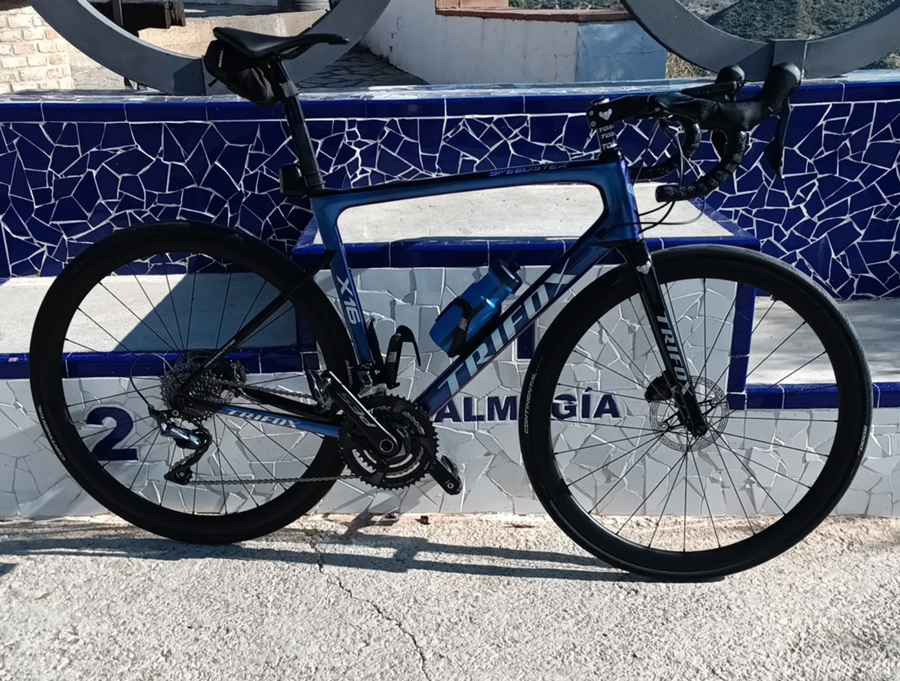
In the fast-paced world of road cycling, every gram matters. For riders chasing speed, efficiency, and climbing prowess, the quest for the lightest bike is never-ending. Enter the Trifox X16, a marvel of engineering poised to dominate 2025 as one of the world's lightest road bikes. Let’s dive into what makes this machine a game-changer.
Featherlight Frame, Uncompromised Strength
At the heart of the X16 lies its ultra-lightweight carbon fiber frame. Trifox's advanced monocoque construction uses high-modulus carbon to shed weight without sacrificing stiffness or durability. The result? A bike that accelerates like a rocket and climbs with effortless agility, yet remains robust enough for punishing races or long-distance rides.
Premium Components for Peak Performance
The X16's weight savings extend beyond the frame. It's equipped with a Shimano Dura-Ace R9200 groupset, renowned for its crisp shifting and feathery weight. Pair this with Trifox's own carbon wheelset—1,350 grams of aerodynamic efficiency—and you’ve got a bike that’s as responsive as it is swift. Even the cockpit gets the lightweight treatment, featuring an integrated carbon handlebar-stem combo that trims grams while enhancing aerodynamics.
Aero Design Meets Comfort
Lightweight doesn't mean sacrificing comfort. The X16's frame incorporates strategic tube shaping to slice through wind, while its tuned compliance absorbs road vibrations. Whether you're sprinting on smooth tarmac or tackling cobbled climbs, this bike balances speed and ride quality seamlessly.
Why the Trifox X16 Stands Out
In a market flooded with lightweight contenders, the X16 shines with its balance of affordability and elite performance. Many sub-7kg bikes come with five-figure price tags, but Trifox delivers pro-level specs at a fraction of the cost. It’s a top pick for competitive cyclists and enthusiasts alike who refuse to compromise on weight or budget.
Ready to experience the future of road biking? The Trifox X16 redefines what’s possible in 2025. Learn more or secure yours here: Trifox X16. Lighten your ride, elevate your speed—this is the ultimate machine for those who chase horizons.
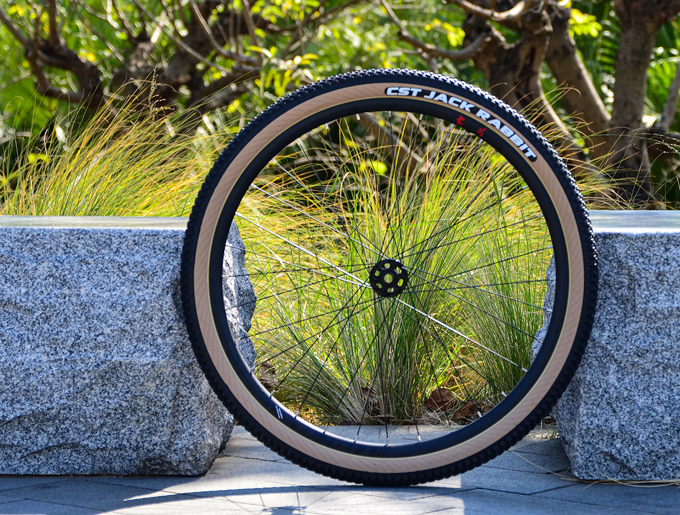
In mountain biking, wheels are the unsung heroes—bearing loads, absorbing shocks, and translating power. The Trifox Alloy Disc Brake Wheels (WM823 Boost) masterfully balance durability, affordability, and cutting-edge specs, proving you don’t need carbon to conquer modern trails.
Aluminum alloy remains a gold standard for riders prioritizing resilience and value. Unlike carbon, alloy rims withstand rock strikes, crashes, and rough terrain with minimal damage, making them ideal for aggressive cross-country or trail riding. Trifox’s WM823 rims pair this toughness with a weight-conscious design, light enough for climbs yet robust for descents.
Disc Brakes: Precision Meets Power
Disc brakes are non-negotiable in modern cycling, offering consistent stopping power in mud, rain, or dust. These wheels feature 6-bolt disc hubs, ensuring compatibility with Shimano, SRAM, or Magura systems. Alloy rims also avoid carbon’s heat buildup during long descents, reducing brake fade and boosting safety.
Engineered for Modern Trails
The WM823 Boost wheels embrace today's standards:
- 148x12mm Boost Rear Spacing: Enhances wheel stiffness, tire clearance (up to 2.6”), and drivetrain alignment.
- Tubeless-Ready Rims: Seal punctures instantly and run lower pressures for grip without pinch flats.
- Double-Wall Construction: Balances impact resistance and weight savings.
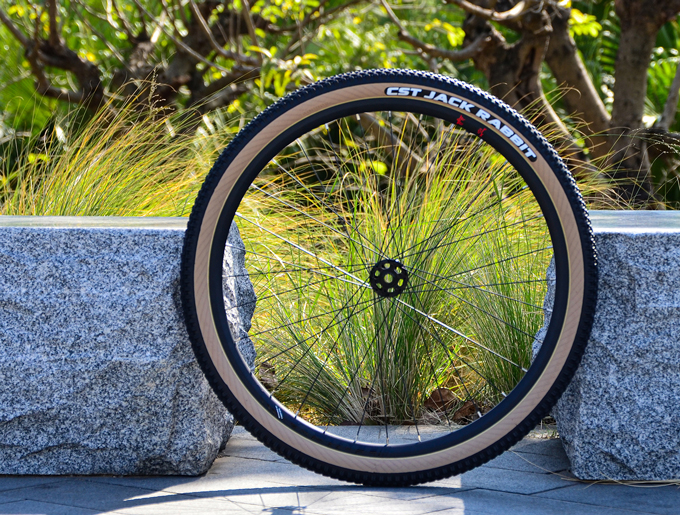
Whether you're building a hardtail or upgrading a full-suspension rig, the Trifox WM823 Boost wheels deliver a rare trifecta: bombproof durability, trail-ready performance, and budget-friendly pricing. Ready to elevate your ride? Explore the set here and tackle technical terrain with confidence—no compromises required.
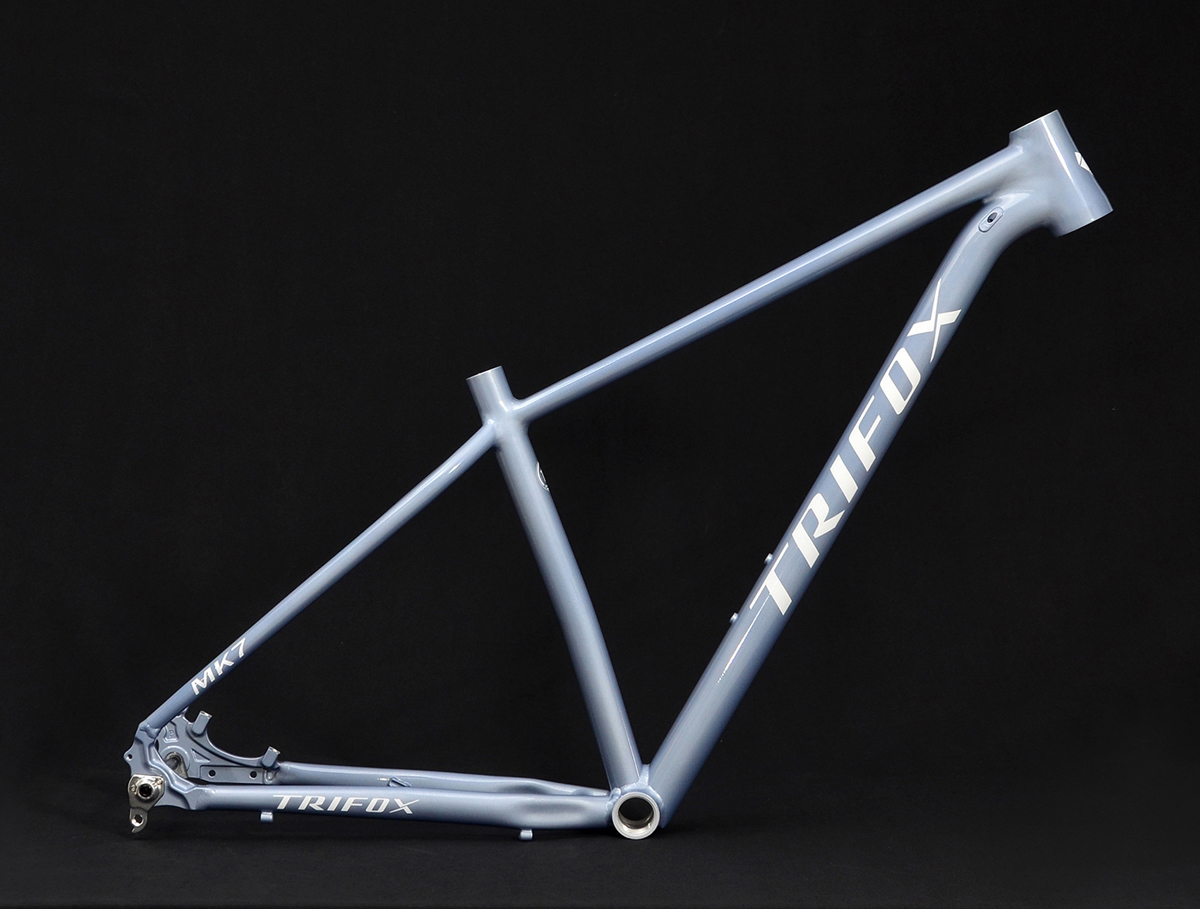
Mountain biking thrives on durability, performance, and value—and the Trifox MK7 Ultralight Aluminum Hardtail Frame delivers all three. Priced at an unbeatable $189, this 29er Boost frame is a steal for riders building or upgrading a trail-ready rig without breaking the bank.
Why Choose a 29er Boost Hardtail?
29-inch wheels roll over roots and rocks with ease, while Boost hub spacing (148mm rear) ensures stiffer wheels, better tire clearance, and compatibility with modern drivetrains. The MK7’s lightweight 6061 aluminum frame strikes a perfect balance between strength and agility, weighing just 1.8kg (size M). Its slack head tube angle (67.5°) and short chainstays (430mm) prioritize stability on descents and playfulness on climbs.
Features That Shine
The MK7 is built to handle rugged terrain. Key upgrades include:
- Internal Cable Routing: Clean looks and protection from mud/debris.
- Tapered Head Tube: Compatible with modern forks for precise steering.
- Universal Derailleur Hanger: Supports 1x or 2x setups.
- Thru-Axle Compatibility: Boosts stiffness and control.
Versatility Meets Affordability
Hardtails excel at efficiency and simplicity, making the MK7 ideal for cross-country, trail riding, or even bikepacking. Pair it with a 120-140mm fork, and you've got a budget-friendly beast ready for technical singletrack.

At $189, the Trifox MK7 is a rare blend of quality and affordability. Whether you're a beginner building your first MTB or a seasoned rider crafting a lightweight backup, this frame is a smart investment. Don’t miss this limited-time deal—explore the MK7 here and hit the trails with confidence!
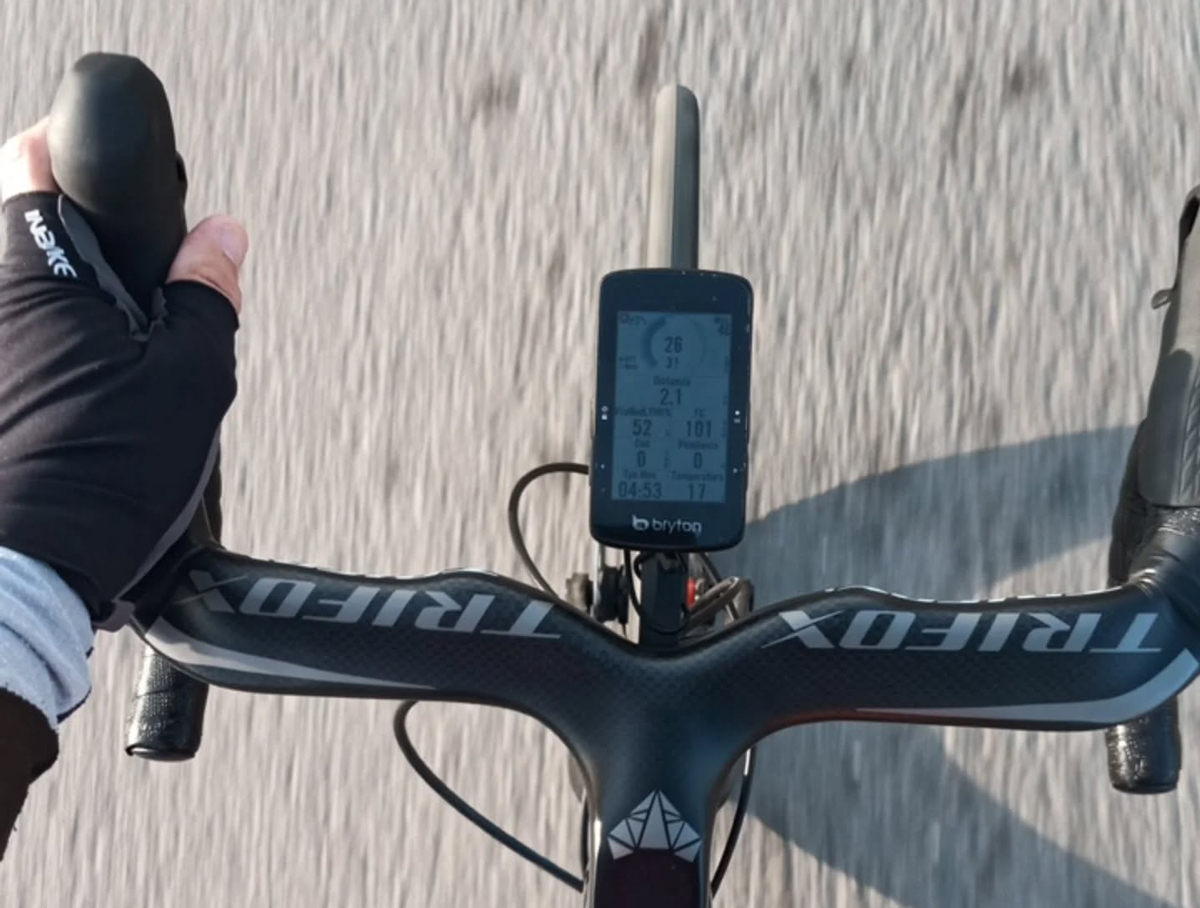
In cycling, every detail matters—especially contact points like handlebars. Enter carbon integrated drop bars, a game-changer for riders seeking speed, comfort, and style. The Trifox DHB500 exemplifies this innovation, merging cutting-edge design with performance to transform your ride.
Why Integrated Drop Bars?
Traditional setups pair a separate stem and handlebar, creating aerodynamic gaps and added weight. Carbon integrated systems like the DHB500 combine both into a single unit, slashing drag and eliminating weak points. The result? A sleeker profile that slices through wind, translating to free speed on flats, climbs, and sprints.
Performance Benefits of Carbon
Carbon fiber's magic lies in its blend of lightness and strength. The DHB500 weighs just 296g , shaving grams without sacrificing stiffness. This ensures precise steering and efficient power transfer, whether you’re attacking a climb or cornering at speed. Additionally, carbon dampens road vibrations better than aluminum, reducing fatigue on long rides.
Aero Gains & Customization
The DHB500's design minimizes turbulence around cables and junctions, crucial for maintaining airflow in critical zones. Its internal routing compatibility (mechanical, electronic, or hydraulic) keeps cables hidden, enhancing aesthetics and aerodynamics. With multiple stem lengths (70-130mm) and bar widths (38-44cm), riders can tailor fit and handling to their preferences—ideal for racers, endurance cyclists, or commuters.
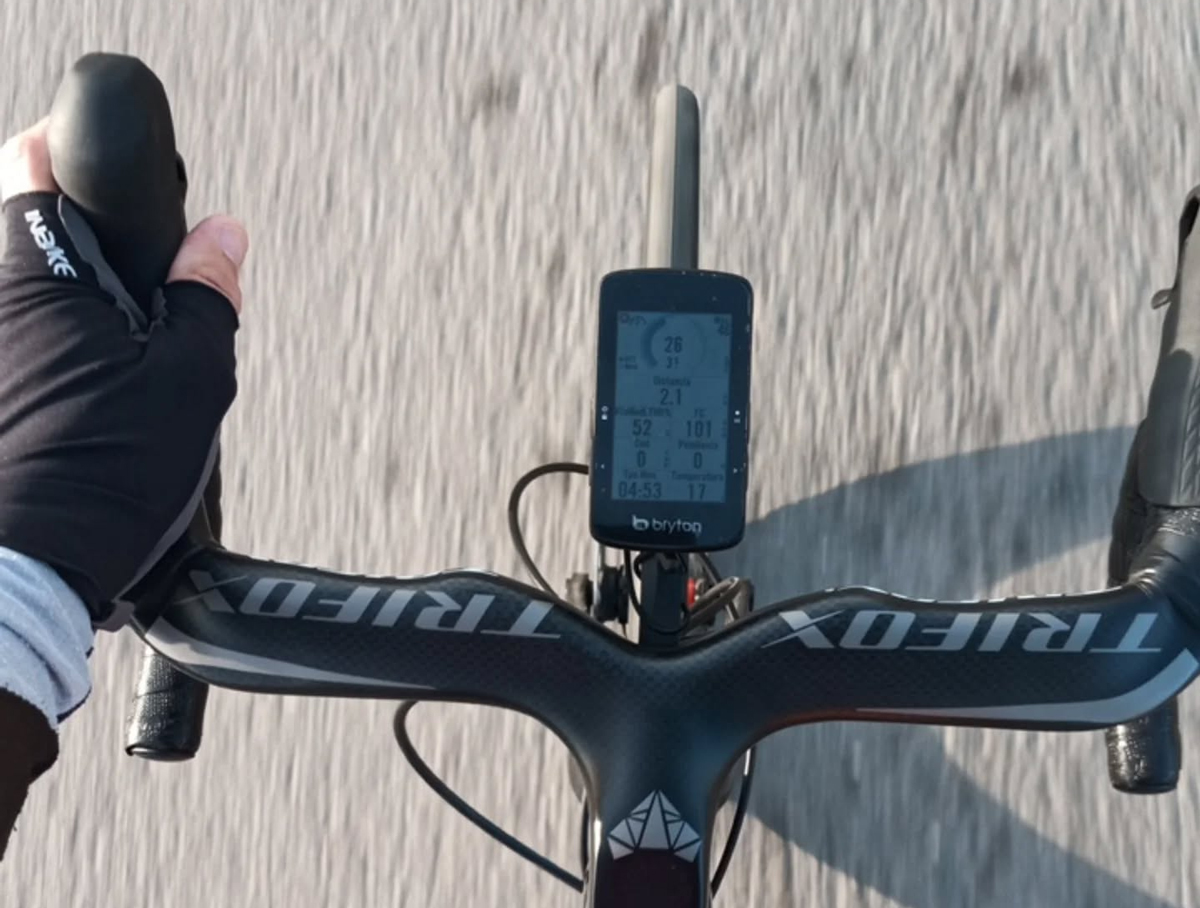
Carbon integrated drop bars aren’t just a luxury—they’re a smart upgrade. The Trifox DHB500 offers tangible gains in speed, comfort, and control, all while elevating your bike’s aesthetics. Ready to experience the difference? Explore the DHB500 here and unlock a smoother, faster, and more connected ride.

For cyclists chasing every advantage, aero road bikes are essential, blending speed, efficiency, and cutting-edge design. In 2025, the pursuit of performance no longer demands a premium budget, thanks to models like the Trifox X8, which redefines value in the aero category.
What Makes a Great Value Aero Bike?
The best options balance aerodynamics, weight, components, and price. The Trifox X8 excels here, boasting a full carbon frame with wind-tunnel-optimized tubing, an integrated cockpit, and hidden cable routing to minimize drag.
At just 8.6kg (size 56cm), it's lightweight yet stiff, ensuring responsive handling. Compatibility with both mechanical and electronic groupsets (like Shimano 105 Di2 or SRAM Rival AXS) offers customization, while disc brakes and 30mm tire clearance add versatility for varied terrain.
Why the Trifox X8 Stands Out
Trifox's direct-to-consumer approach slashes costs without compromising quality. Early reviews highlight its agile handling and stability, making it a race-ready choice for crits, fondos, or spirited group rides.
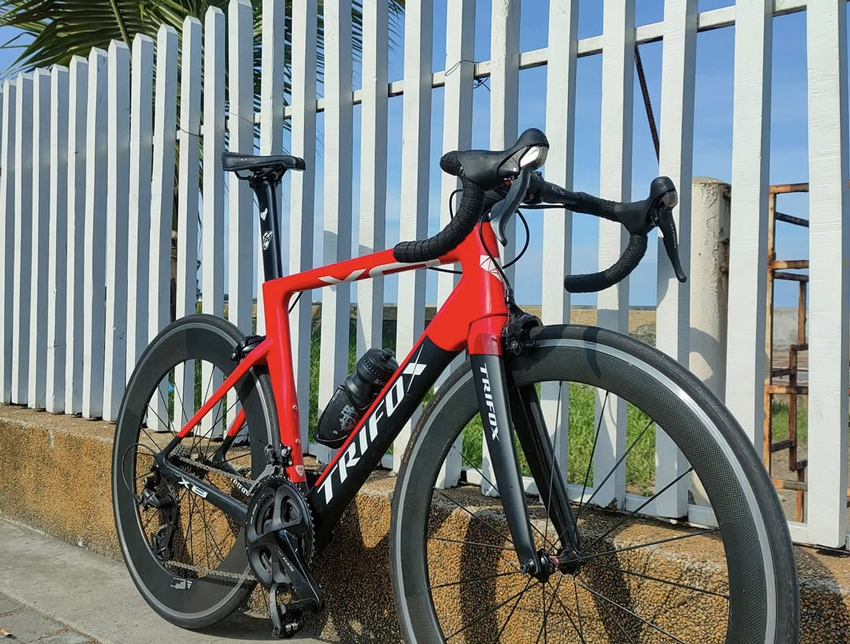
Final Thoughts
In 2025, aero performance is more accessible than ever. The Trifox X8 delivers pro-level engineering at a fraction of the cost, proving speed doesn't require sacrifice. Ready to upgrade? Explore the Trifox X8 here and join the aero revolution—your fastest ride yet awaits.
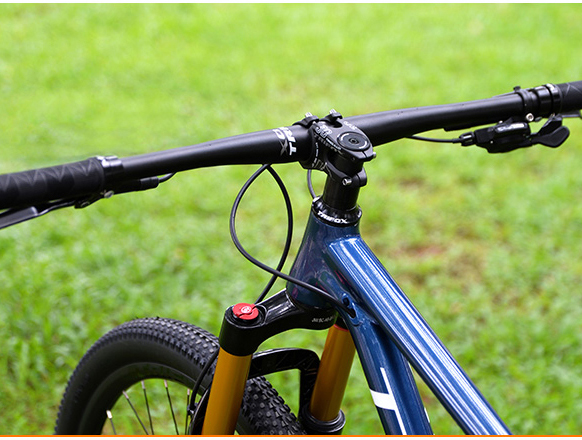
Cyclists love to tweak their rides, and one common question is whether you can swap flat handlebars for sleek, aerodynamic drop bars. The short answer? Yes—but it’s not always straightforward.
Why Go Drop Bar?
Drop bars aren’t just for road racers. They offer:
- Aerodynamics: Lower hand positions reduce wind resistance for faster rides.
- Versatility: Multiple grip options reduce fatigue on long journeys.
- Style: They give bikes a sporty, performance-oriented look.
The Challenges of Conversion
Swapping bars isn’t as simple as unscrewing one set and bolting on another. Key considerations include:
- Component Compatibility: Flat-bar bikes use different shifters, brake levers, and derailleurs than drop-bar setups. You’ll likely need new integrated brake/shifter units (like Shimano STI), which can be costly.
- Geometry Tweaks: Drop bars are narrower and may require a shorter stem to maintain comfortable reach.
- Cable Adjustments: Brake and derailleur cables may need rerouting or replacing to fit the new handlebar shape.
Enter Carbon Upgrades
If you're committed to the conversion, upgrading to carbon handlebars—like Trifox’s lightweight, vibration-damping options—can enhance performance. Carbon bars reduce weight, improve stiffness for responsive steering, and absorb road chatter, making them ideal for riders prioritizing speed and comfort.
Step-by-Step Conversion Tips
1. Assess Compatibility: Confirm your bike’s stem diameter (most are 31.8mm) and whether your frame can accommodate drop-bar cable routing.
2. Invest in Components: Budget for drop-bar shifters, brake levers, and compatible derailleurs. Consider bar tape for grip and aesthetics.
3. Seek Professional Help: If DIY mechanics feel daunting, a bike shop can ensure seamless installation and safety checks.
Is It Worth It?
For casual riders, the cost and effort may outweigh the benefits. But for enthusiasts craving a road bike feel or upgrading to carbon components like Trifox’s handlebars, the transformation can breathe new life into your ride.
Converting flat bars to drop bars is possible, but it’s a project best suited for dedicated tinkerers or those willing to invest in professional help. With the right parts—and high-performance upgrades like carbon handlebars—you can unlock a faster, more versatile ride.

























































